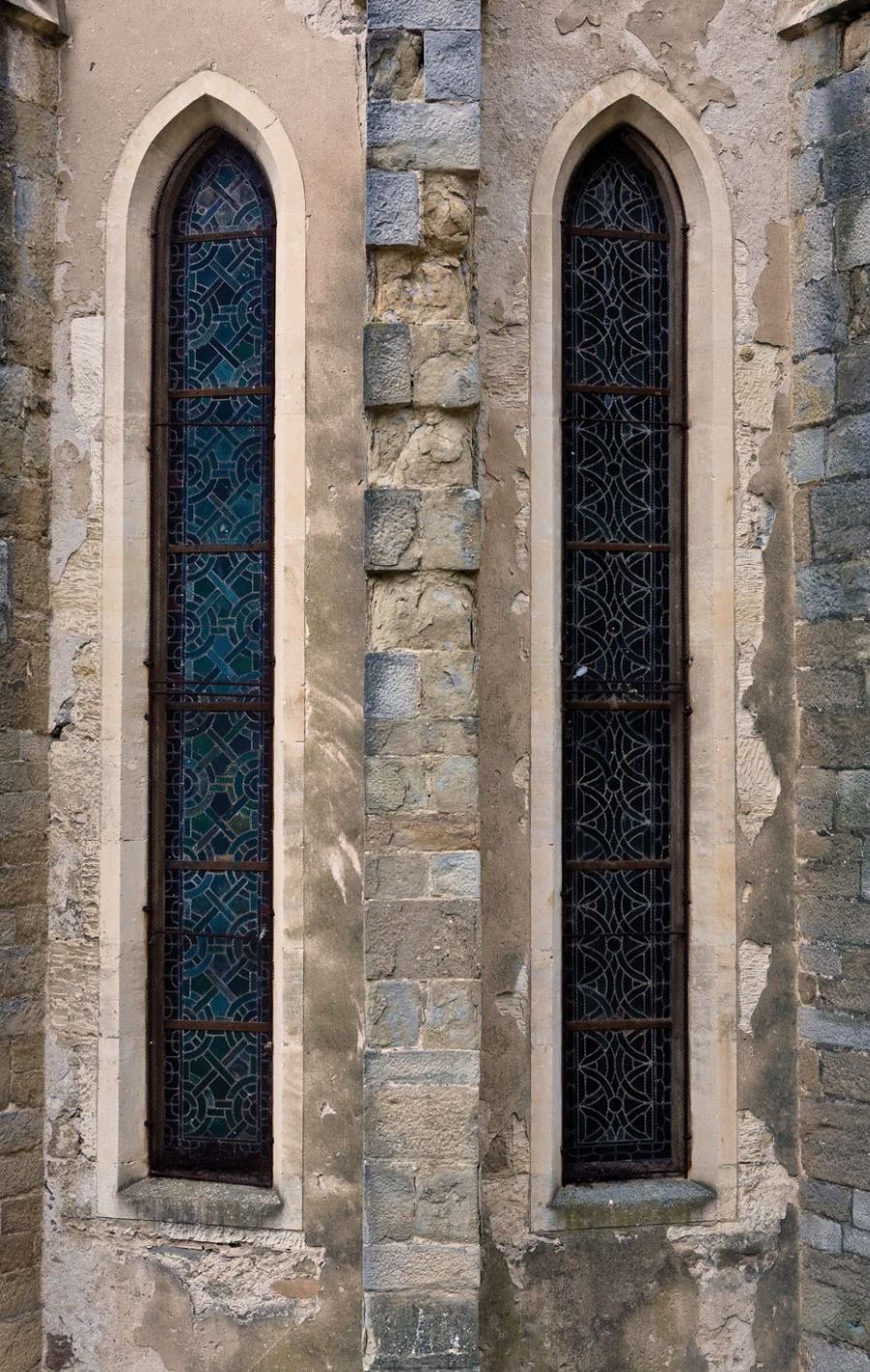Gothic architecture, a common European style, arose between the mid-12th and 16th centuries and is mainly characterized by a stone building style that uses cavernous spaces and walls interrupted by overlapping patterns. A pan-European style that existed between the mid-12th and 16th centuries, Gothic art and architecture were actually designed to bring sunshine into people’s lives, especially in their churches. The Gothic architectural movement began in the Middle Ages around the middle of the 12th century in France, and although enthusiasm in central Italy began to wane around the 16th century, other parts of northern Europe continued to support the style, allowing aspects of it to flourish. present day.
Gothic architecture dominated European architecture, especially those built by the Roman Catholic Church, and was not known as Gothic until the 16th century. Known for its lancet arches, buttresses, and large stained glass windows, Gothic architecture is a type of European architecture that emerged in the mid-12th century and remained popular until the 16th century. Some of the key architectural components of Gothic architecture are the lancet arch, the buttresses, the western three-door façade, the groin vault, and of course the rose window.

To build extremely tall structures with tall windows, Gothic architects began to use groin vaults — or vaults that run parallel to each other to support domed roofs — instead of traditional vaulted beams. Gothic cruciform vaults cover the nave, and lancet arches are often used in arcades, windows, portals, motifs, and especially in the later Gothic style that adorns the façades. Instead of the round arches characteristic of Romanesque architecture, Gothic style architects used the tall, thin lancet arches characteristic of Islamic architecture. The Gothic architectural style originated in the Middle Ages and was the result of the evolution of the Romanesque, marked by vaulted ceilings, many arches and small colored windows.
The Gothic style developed from Romanesque architecture, a medieval aesthetic characterized by arches, vaulted ceilings and small stained glass windows. A certain architectural style emerged from the Romanesque architectural style, when both prosperity and relative calm allowed several centuries of cultural development and grandiose building schemes. The style of Gothic architecture is found in churches, synagogues and cathedrals built between 1100 and 1450 AD. oh, awakened the imagination of artists, poets and religious thinkers in Europe and Great Britain.
Often used for churches, cathedrals, and other impressive stone buildings, Gothic architecture became extremely popular in its native country of France, as well as throughout the rest of Europe and around the world. Unlike the predecessor of the Neo-Gothic movement, Neo-Gothic architecture was used not only for churches and cathedrals, but also for non-religious institutions, including schools, universities, residences and government buildings, including the 1870s Palace of Westminster, which houses the UK Parliament and defines it. the only gothic clock, Big Ben. As the art historian Kenneth Clark wrote of the Gothic style, it changed the face of England, building and restoring churches in the countryside and filling the cities of England with Gothic banks and grocery stores, Gothic boarding houses and insurance companies. pub in the slums. Later, Gothic art and architecture influenced both the Pre-Raphaelite Brotherhood and the Arts and Crafts movement, as medieval values and crafts were seen as a positive antidote to the industrialism of the 1800s. With the development of Renaissance architecture in Italy in the middle of the 15th century, the Gothic style was superseded by the new style, but in some regions, especially in England and Belgium, Gothic continued to flourish and develop until the sixteenth century.
Architecture is the dominant form of Gothic art, and the main design features of Gothic architectural design stem from the efforts of medieval masons to solve the problems associated with supporting heavy stone ceiling vaults (vaulted roofs) over large spans. Decorative elements of the Gothic architectural style also include ornate colonnades, statues of saints, religious motifs, spires, carvings and gargoyles. The Romanesque architectural style took and adapted the basic elements of Romanesque to create a new style of architecture characterized by exaggerated arches, large vaults, and enlarged windows.
Inspired by Islamic architectural styles, gothic lancet arches emphasized ceiling height, vaulted ceilings and symbolically pointed skyward. In large Gothic cathedrals, such as Chartres in France and Salisbury in England, lancet arches allowed the use of heavy stone ceiling vaults, despite the fact that huge stained-glass windows were made in the walls. Built of heavy stone, the Gothic cathedral featured slender columns and thin walls to create lighter, taller structures, while the architects of the time used buttresses for support and stability. Signs of the Gothic architectural movement – the groin vault, flying buttresses and lancet arch – are evident in some of Europe’s most impressive buildings such as Notre Dame Cathedral in Paris, France Paris, France.
The Gothic style originated in France in the 12th century AD. Located in the northern suburbs of Paris, it was designed by Abbé Suger (1081-1151 AD), an influential figure in French history and the inspiration for the first Gothic cathedral in history, the Basilica of Saint Denis. The Gothic language prevailed in the European architectural landscape of the 12th-14th centuries, but fell out of favor, replaced by neoclassical architectural forms introduced during the Renaissance and Renaissance. Gothic design first appeared in late 18th century architecture (at Horace Walpoles’ Strawberry Hill home) and underwent a major revival during the Victorian period (c. 1840-1900), especially in England and America. Gothic sculpture is inextricably linked to architecture – it might even be called “architectural sculpture” – as the facade of a typical Gothic cathedral is adorned with columns of statues of saints and the Holy Family, as well as illustrative Narrative relief sculpture of various biblical themes.
Arches have long been a main feature of many religious structures, but Gothic architecture eschewed the semi-circular or Roman arches that preceded it and favored the taller, thinner pointed style characteristic of Islamic architecture, which is very different from modern architectural styles.
